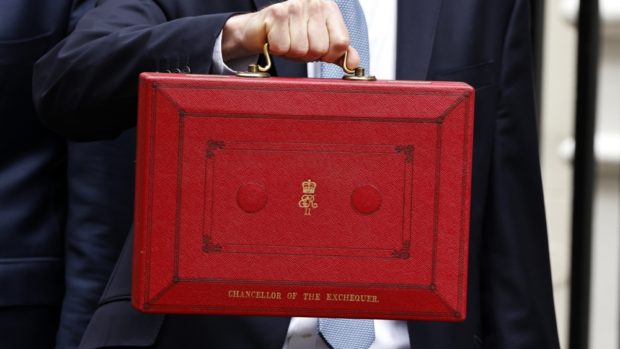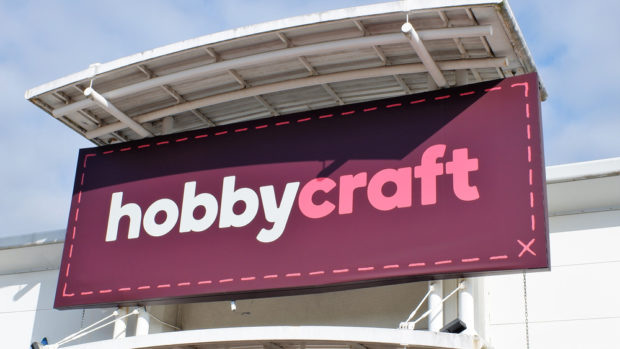A new international study by Bazaarvoice, conducted among 2,500 respondents in the US, UK, France, and Germany, finds younger consumers ages 15-24, as well as older consumers (65+), state they will complete the majority of their gift buying in shopping centres.
In fact, when paired with shopping data from across the Bazaarvoice network of 6,000 brand and retailer websites, the study identified Europe as the leader in mobile shopping with 67 per cent of traffic coming from this channel during the holiday season, compared to 59% in the US.
The contrasting data from the consumer survey states only 5 per cent of respondents plan to do the majority of their holiday shopping via mobile. This discrepancy may indicate that consumers may not realise how much they actually use their phones to shop during the holidays.
Sophie Light-Wilkinson, VP marketing EMEA at Bazaarvoice commented: “More and more we’re seeing consumers rely on mobile to verify products they’re considering in-store. With the majority of shoppers around the world (63 per cent) stating they will complete the bulk of their holiday purchases online, digital marketers must interrogate any assumptions they’ve made about the online path to purchase.”
In the UK, almost a third (32 per cent) of consumers claim they will complete ‘the majority of purchases’ in physical shopping centres. In particular, they are more likely than the global average (26 per cent) to pick traditional mass merchants such as John Lewis and Debenhams (30 per cent).
The Black Friday experience
Assessing the appetite for peaks such as Black Friday, the study reports four in five UK consumers shop for gifts on sales days, making the local market considerably more focused on this style of shopping than the US (63 per cent).
Moreover, 29 per cent of UK consumers kick-off their holiday shopping on Prime Day (the online discount day that took place on July 15th this year). Not only does this mean gift buying has begun, but the UK sees the earliest start to holiday shopping. By comparison, just 19 per cent of US consumers have started by this point.
However, UK consumers, alongside their global counterparts, are just as likely to report long checkout lines (68 per cent) and overcrowded stores (59 per cent) as reasons for not shopping in-store. In particular, UK respondents are more likely to identify pushy salespeople as a pain point around the in-store experience (39 per cent) compared to the global average (32 per cent).
Convenience tips and tricks
When asked how brands could improve the holiday shopping experience, UK respondents picked improved convenience (61 per cent), such as self-checkout and the option to buy online and pick-up in-store. Faster, more efficient shipping solutions were also chosen by 56 per cent of respondents.
Likely due to brand reputation as a retailer offering convenience and fast shipping, Amazon is the most commonplace that shoppers will purchase their holiday gifts this year (49 per cent globally).
So how can brands get ahead? The research also identifies customer reviews, photos and personalised recommendations would improve the holiday shopping experience for nearly a third of UK consumers (31 per cent).
According to Bazaarvoice’s annual research, product pages with at least one review experienced a 354 per cent increase in conversion rate and a 446 per cent lift in revenue per visitor compared to product pages with no reviews, whether or not visitors engaged with the review content.
“At a time where authenticity is being called into question across the entire eCommerce space, it’s a crucial area for brands to develop real differentiation”, Sophie Light-Wilkinson concludes. “Whether online or in-store, consumers have come to expect real customer content, including photos, reviews, and answers from shoppers like them, at every step of the shopping journey. In our annual client survey, more than half of respondents say consumer reviews drive in-store sales and increase brand loyalty.”








Share